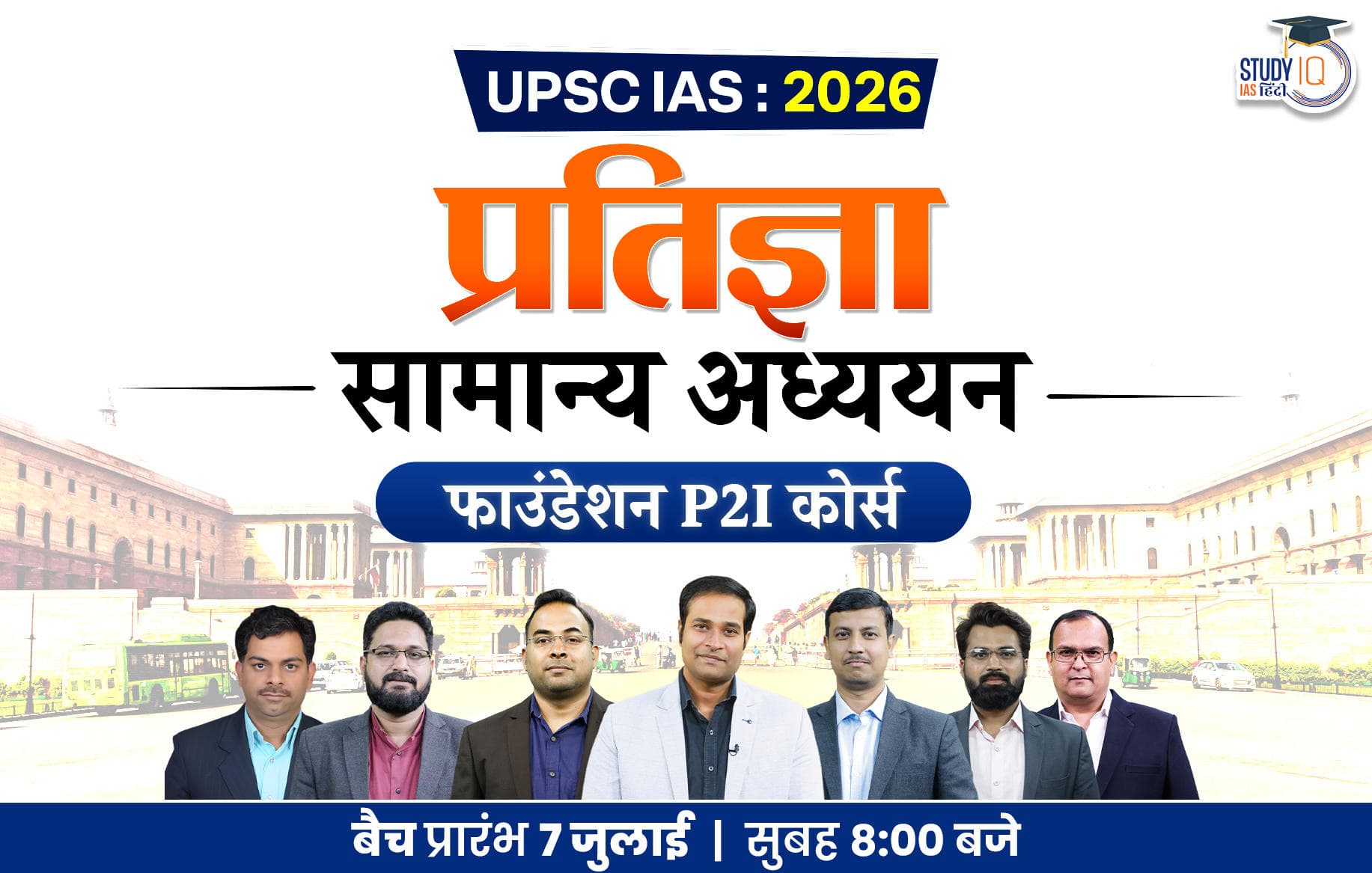The Hindu Newspaper Analysis for UPSC

The Hindu Newspaper Analysis 26 September 2023
- The Supreme Court on Tuesday said the judiciary was losing fresh talent as never before because prospective candidates shortlisted for judgeships in the High Courts give up as months tick by without a decision from the government on their appointment.
- Many a bright legal mind, willing to sacrifice their law practice to join the Bench, have fallen victim to segregation of names by the government, who seemingly prefer one name to the other for unknown reasons, a Bench of Justices Sanjay Kishan Kaul and Sudhanshu Dhulia noted.
The Hindu Editorial Today
- Articles 124(2) and 217 of the Indian Constitution deal with the appointment of judges to the Supreme Court and High Courts .
- It is the system of appointment and transfer of judges that has evolved through judgments of the SC, and not by an Act of Parliament or by a provision of the Constitution.
- First Judges Case (1981):
- It declared that the “primacy” of the CJI’s (Chief Justice of India) recommendation on judicial appointments and transfers can be refused for “cogent reasons.”
- Second Judges Case (1993):
- SC introduced the Collegium system, holding that “consultation” really meant “concurrence”.
- It added that it was not the CJI’s individual opinion, but an institutional opinion formed in consultation with the two senior-most judges in the SC.
- Third Judges Case (1998):
- SC on the President’s reference (Article 143) expanded the Collegium to a five-member body, comprising the CJI and four of his senior-most colleagues.
- Way Forward
- Filling up of vacancies is a continuous and collaborative process involving the executive and the judiciary, and there cannot be a time frame for it. However, it is time to think of a permanent, independent body to institutionalise the process with adequate safeguards to preserve the judiciary’s independence guaranteeing judicial primacy but not judicial exclusivity.
- It should ensure independence, reflect diversity, demonstrate professional competence and integrity.

- The Punjab government has committed to reduce paddy stubble burning incidents by at least 50% this year compared to last year in its State Action Plan, the Commission for Air Quality Management in NCR and Adjoining Areas (CAQM) said on Tuesday.
- Every year, stubble burning is a major problem in some northern States during October-November and smoke from Punjab further increases air pollution in Delhi and other nearby areas.
- In the light of the idea promoted by the then PM Nehru, five Zonal Councils were set up under the States Re-organisation Act, 1956.
- Zonal Councils are the statutory and not the constitutional bodies.
- The five councils are:
- The Northern Zonal Council; The Central Zonal Council; The Eastern Zonal Council; The Western Zonal Council; The Southern Zonal Council.
- The North Eastern States are not included in the Zonal Councils.
- Their special problems are looked after by the North Eastern Council, set up under the North Eastern Council Act, 1972.
- The Union Home Minister is the Chairman of each of these Councils.
- Vice Chairman
- The Chief Ministers of the States included in each zone act as Vice-Chairman of the Zonal Council for that zone by rotation, each holding office for a period of one year at a time.
- Members
- Chief Minister and two other Ministers as nominated by the Governor from each of the States and two members from Union Territories included in the zone.
- Advisers
- One person nominated by the Planning Commission (now NITI Aayog) for each of the Zonal Councils,
- Chief Secretaries and another officer/Development Commissioner nominated by each of the States included in the Zone
- Union Ministers are also invited to participate in the meetings of Zonal Councils depending upon necessity.

- In its latest report released this March, the Intergovernmental Panel on Climate Change (IPCC) delivers a stark warning: climate change heightens the global risk of infectious diseases. The close relationship between climate and disease is being demonstrated every year.
- For instance, the periodicity of mosquito-borne disease outbreaks no longer follows expected patterns. Dengue manifests in two to three peaks throughout the year. Variability in temperature, precipitation, and humidity disrupt disease transmission cycles.
- India must launch One Health and infectious disease control programmes by building greater synergies between the Centre and States and their varied specialised agencies. Animal husbandry, forest and wildlife, municipal corporations, and public health departments need to converge and set up robust surveillance systems.
- What is IPCC?
- The IPCC is the UN body for assessing the science related to climate change.
- It was set up in 1988 by the World Meteorological Organization and United Nations Environment Programme to provide policymakers with regular assessments of the scientific basis of climate change, its impacts and future risks, and options for adaptation and mitigation.

- In an innocuously titled report on “Decentralized Finance and Digital Assets” released last Saturday, global rating major Moody’s Investors Service has flagged some uncomfortable home truths about India’s ambitious digital identification (ID) programme for residents, Aadhaar.
- As the world’s largest digital ID programme with biometric and demographic details of over a billion residents, Aadhaar stands out for its scale.
- But at a broader level, the agency has red-flagged security and privacy risks from “centralised” digital ID systems such as Aadhaar, where a single entity controls identifying credentials.
- The vigorous pursuit of Aadhaar, after some initial hesitation, under the present government has manifested in the 12-digit number becoming mandatory for almost all welfare benefits to weaker sections as well as activities such as opening bank or provident fund accounts, securing telephone connections and remitting taxes.

- Last week, the women’s reservation Bill was passed in both Houses of Parliament. During the parliamentary debates before the passage of the Bill, several MPs voiced concern about the fact that many members have serious cases of crimes against women pending against them.
- According to the Association of Democratic Reforms’ analysis of 763 Lok Sabha and Rajya Sabha MPs, 306 had criminal cases (40%) and 194 (25%) had serious criminal cases pending against them when they filed their affidavits.
- Serious criminal cases include non-bailable offences, murder, kidnapping, prevention of corruption, rape and other crimes against women.

- Addressing the 78th session of the United Nations General Assembly (UNGA), External Affairs Minister S. Jaishankar spoke in strong terms of a new, more “equitable and democratic” world order emerging, one that was more reflective of diverse interests. He linked these diverse interests to India’s G-20 Presidency, saying that “the days when a few nations set the agenda” were over.
- Quad (India, Australia, Japan and the U.S.), the expanded BRICS (Brazil, Russia, India, China, South Africa) and the I2U2 (India, Israel, the U.S. and the UAE), Mr. Jaishankar argued that India had moved from the non-aligned era to one of Vishwa Mitra (a friend to the world).
- This reflected India’s ability to work with a diverse set of nations and “harmonise” interests when necessary, he said.


- The estimated mean daily salt intake in India stands at 8 g (8.9 g a day for men and 7.1 g a day for women) against the World Health Organization (WHO) recommendation of up to 5 g daily, a study has found.
- The salt intake was significantly higher among men, those in rural areas and overweight and obese respondents, according to a recent survey by the Indian Council of Medical Research (ICMR) published in the journal Nature.
- The study, carried out as part of the National Non-communicable Disease Monitoring Survey in India, noted that the sample population had a low perception of the harmful effects of high salt intake and practices to limit consumption.
- The study notes that salt intake was higher in employed people (8.6 g) and tobacco users (8.3 g) and those with high blood pressure (8.5 g).
- It specifies that reducing the intake is a beneficial and cost-effective way to bring down elevated blood pressure by 25% and advocates a 30% reduction in mean population salt intake by 2025.

- The Union government on Tuesday held an interaction with the States on the preparedness for the upcoming rabi crop season against the background of a 5% decrease in monsoon rainfall this year.
- The Centre has asked the States to promote heat-resilient and high-yielding varieties of wheat among farmers. Talking to mediapersons, Union Agriculture Secretary Manoj Ahuja said the meeting had also reviewed the kharif season.
- Ahuja said the Centre was targeting an increase in the coverage of area under heat-tolerant wheat varieties to 60% this season.

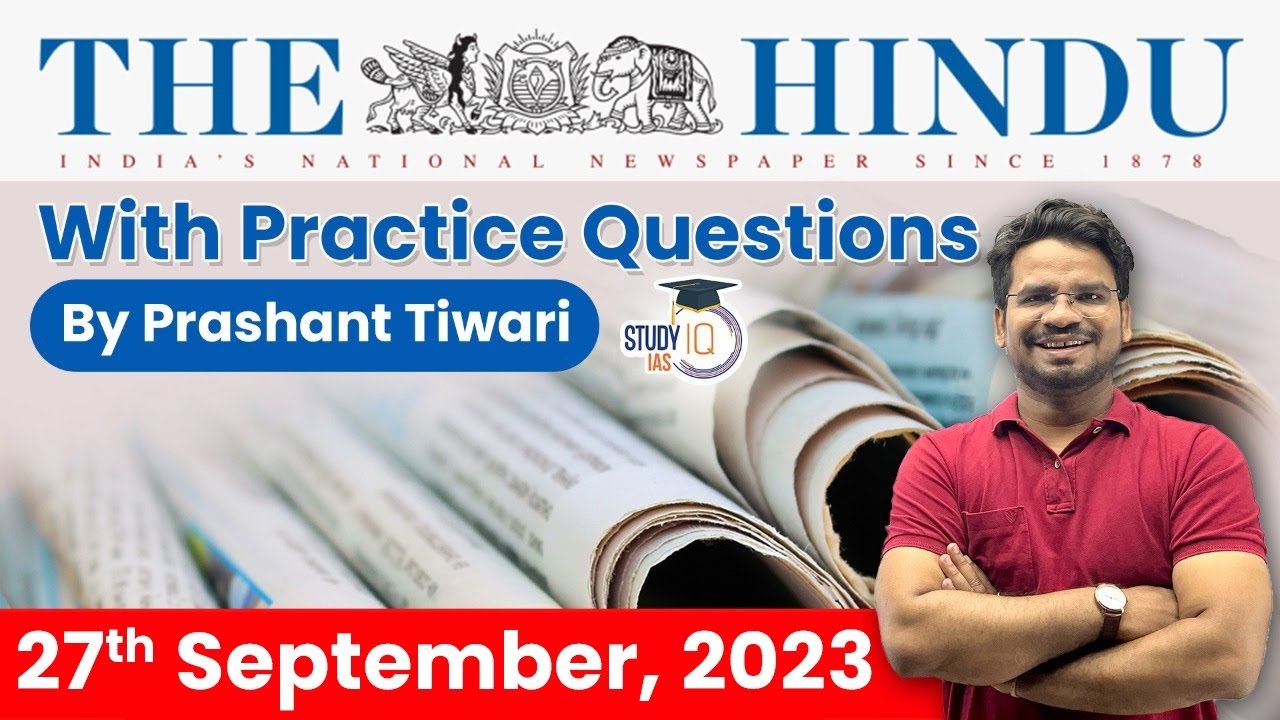
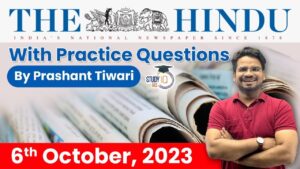 The Hindu Newspaper Analysis 6 October 2...
The Hindu Newspaper Analysis 6 October 2...
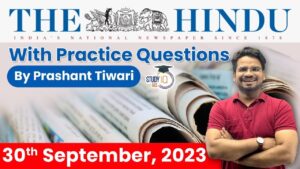 The Hindu Newspaper Analysis 30 Septembe...
The Hindu Newspaper Analysis 30 Septembe...
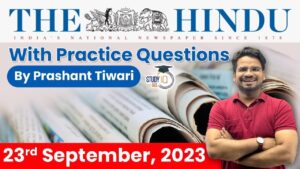 The Hindu Newspaper Analysis 23 Septembe...
The Hindu Newspaper Analysis 23 Septembe...


